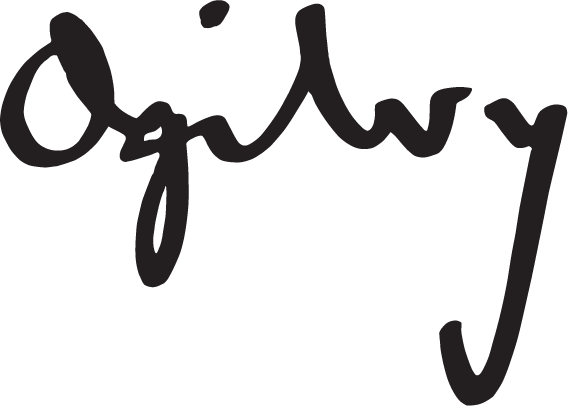Ogilvy 03 Apr 2017 // 12:49PM GMT
.jpg)
Can you give us some groundwork on Ogilvy’s Next Chapter in the context of Ogilvy’s broader transformation that was announced earlier this year?
Our Worldwide Chairman and CEO John Seifert recently laid out a vision to transform our agency so that we’re in the best position possible to take on the challenges of today’s modern marketing environment. We are putting an even greater emphasis on putting clients at the center of everything that we do – making it easier to bring our “experts” together to provide our best work. We will move our agency from a fragmented network to one, single Ogilvy brand with a deeper focus outward, on our clients.
I’m curious about Ogilvy shift to a “Groups” and “Domains” model. Can you explain this and the thinking behind it?
At the center of this new, client-centric model, will be “Groups.” These Groups will represent nine individual portfolios of a diverse mix of advertising, digital, CRM, PR and media clients. Almost all of our employees (Account, Strategy, Creative and Program Management) will sit in these Groups. Integrated Functions such as Finance, Talent, Business Development, and Communications will be shared across all 9 groups. We wanted to ensure these groups don’t become 9 silos of “mini-agencies,” sharing functions like HR will help us make sure the divide between the Groups are more “screen door” than “storm door.”
“Domains,” are communities of experts that sit across all of the Groups and are charged with fostering a true community of expertise for our employees to utilize. The domains will gather and share thought leadership and industry trends across the company, help to organize participation in new business and activate a model for our talent to share experience and learning from across the entire enterprise.
This new model allows us to be much nimbler and much more collaborative so we are better suited to quickly provide the expertise, and in most cases, the integrated solutions our clients are looking for.
Tell us about the market forces at play that’s in driving these changes.
It sounds cliché to say that everything is moving faster than it used to, but it’s absolutely true. Because of this, agencies need to be able to have a wide range of capabilities, but also need to maintain the depth needed within each capability to solve the challenging problems that today’s brands face. We live in challenging times with global economic growth sluggish almost virtually everywhere. Our industry is reinventing principles of effective branding, marketing and communications. Clients need “modern marketing” solutions and we are confident that our new structure positions us to have both the breadth and depth of expertise needed to excel on their behalf.
It seems Ogilvy has shifted from a focus on disciplines and sub-brands to a focus on specialty skills and expertise. How does this reflect today’s buyer of marketing services?
The new buyer of today is one that is incredibly diverse in its skills and expertise. The agency of today and tomorrow needs to match that diversity and provide a wide range of expertise, which we can do. But, most importantly, you must be able to do that without sacrificing the mobility that’s so crucial today to provide solutions for clients.
How does this transformation specifically respond to the digital revolution that has — and continues to — dramatically change the way we communicate.
Globalization and the digital revolution have completely altered how people behave, purchase, and consume. The marketing landscape is completely different from what it used to be even five years ago, and it’s changing all the time. We think that today, because of the incredible fragmentation and intense competition for consumers’ attention and loyalty, that the brand matters more than ever. A huge part of our transformation is to put clients back at the center of everything we do, and the digital world is a big reason for that.
How does Next Chapter set the stage for what will happen across Ogilvy globally?
We’re rolling out our revised structure in the United States first, and it will continue on to additional markets on a case-by-case basis. Ogilvy USA intends to be a beacon for the rest of our global network to follow. And that goes beyond the altered structure—which of course is a very important aspect of this transformation. We want Ogilvy USA to set the stage for the rest of our global network in everything from how we’re structured financially to how we value our people and our clients.
What do you say to critics who say that one-stop shopping doesn’t work because it keeps clients from shopping for the ‘best-of-breed’?
I’d say they haven’t shopped in the right place yet! With all seriousness, that’s the challenge for today’s agencies, and it’s a difficult one. But that’s why we’re transforming and refounding Ogilvy. One key step we took as part of this transformation is identifying a diverse mix of talent that is truly representative of the clients we work with and the brands that they represent. Our transformation will ensure that clients can come to us for any and every problem, and we’ll be ready to go to battle for them.


































.jpg)












